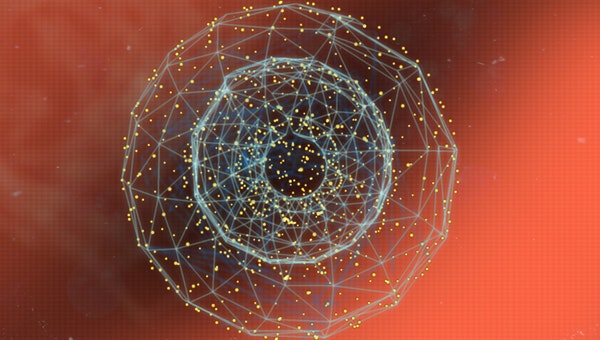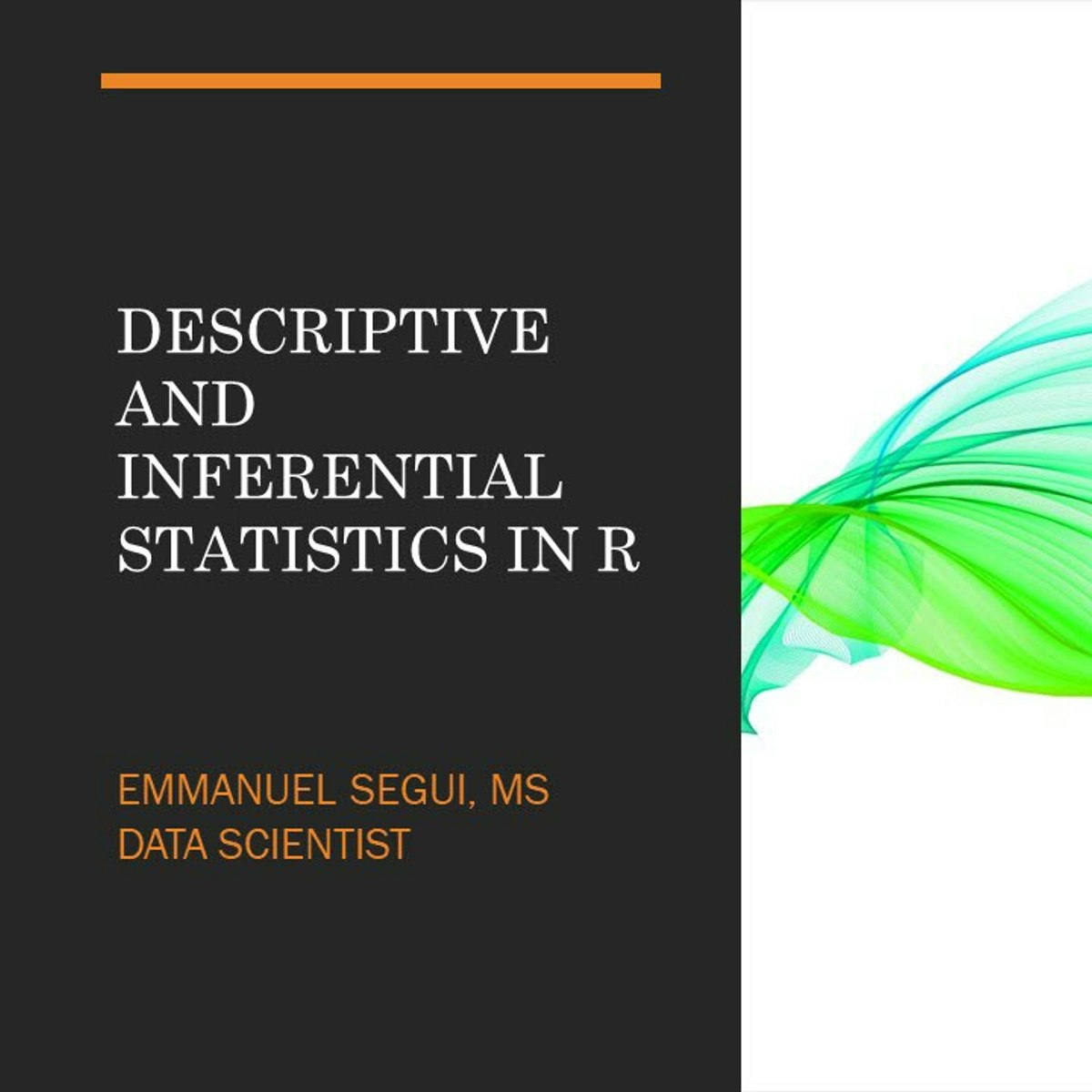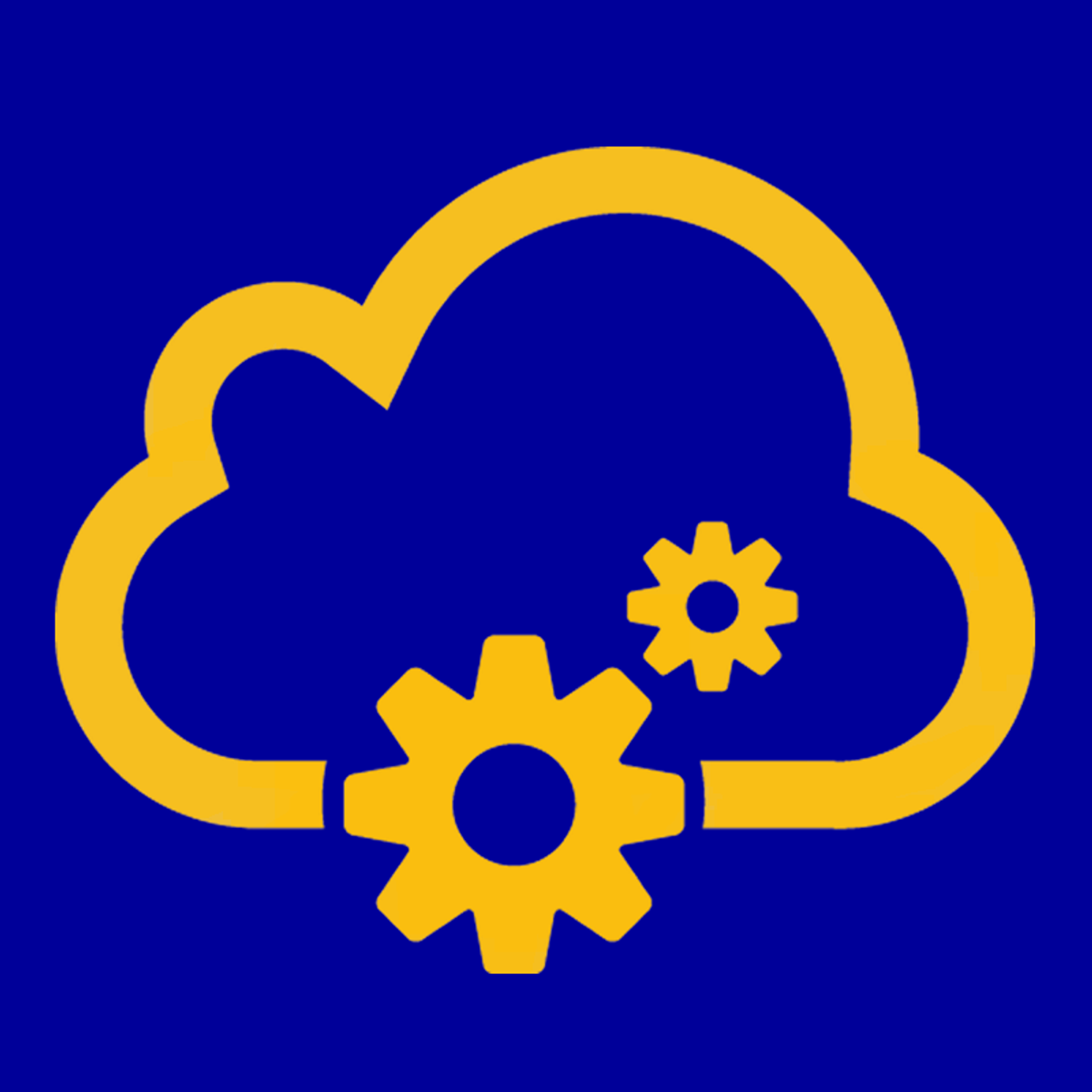Back to Courses









Computer Science Courses - Page 146
Showing results 1451-1460 of 2309

Previous OWASP Risks
In this course, we will examine three very relevant security risks that were merged into larger topics in the OWASP Top Ten 2021 list. It’s still important to know the details of how these risks work. We will explore XML External Entities (XXE), Cross-Site Scripting (XSS) and Insecure Deserialization.

Functions, Methods, and Interfaces in Go
Continue your exploration of the Go programming language as you learn about functions, methods, and interfaces. Topics include the implementation of functions, function types, object-orientation in Go, methods, and class instantiation. As with the first course in this series, you’ll have an opportunity to create your own Go applications so you can practice what you’re learning.

Concept Art for Video Games
In this course we will talk about Concept Art. As a final project we will create a fully finished environment concept, ready for presentation. Throughout the 4 week modules will dive deeply into composition and digital painting techniques to bring your art skills to the next level! So, let's get started!

Cluster Analysis in Data Mining
Discover the basic concepts of cluster analysis, and then study a set of typical clustering methodologies, algorithms, and applications. This includes partitioning methods such as k-means, hierarchical methods such as BIRCH, and density-based methods such as DBSCAN/OPTICS. Moreover, learn methods for clustering validation and evaluation of clustering quality. Finally, see examples of cluster analysis in applications.

Descriptive and Inferential Statistics in R
In this 1-hour long project-based course, you will learn how to summarize descriptive statistics, calculate correlations and perform hypothesis testing in R
Note: This course works best for learners who are based in the North America region. We’re currently working on providing the same experience in other regions.

Introduction to the Unity Input System
In this one-hour, project-based course, you'll learn how to install and configure the new Input System. Unlike the old system, called Input Manager, Unity's new system will allow developers to create bindings that map actions to input devices - eliminating the need to manage which input device a player is using, nor which physical button a player is pressing. In this project, you'll learn how to create "control schemes" and "action maps" and use them in your C# scripts to create device-agnostic player movement.
The guided project will introduce you to the following Unity concepts:
- New Input System
- Rigidbody
- C# coding techniques such as event-handling
This course makes use of the poly-castle Unity project created in Create Keyboard Movement Mechanics with C# in Unity. It compliments this guided project and, although not a prerequisite, is recommended for a more well-rounded understanding of the concepts presented herein. In this project, we will replace the project's existing input system with the new system.
Note: This course works best for learners who are based in the North America region. We’re currently working on providing the same experience in other regions.
Client Needs and Software Requirements
This course covers practical techniques to elicit and express software requirements from client interactions.

Creating a Portfolio Using Weebly
In this project, learners will create a stunning portfolio website using Weebly. They will learn important skills such as site setup, selecting and customizing an appropriate theme, choosing a site structure, working with elements, adding apps, publishing the site, and sharing it with others.
Note: This course works best for learners who are based in the North America region. We’re currently working on providing the same experience in other regions.

SOAP Web Services with JAX-WS
This course introduces JAX-WS, SOAP, and XML. We'll discuss best practices and the behind the scenes details of SOAP and XML, before moving on to JAX-WS endpoints, clients, and Web Services. Through the course we'll be utilizing labs to practice and create our own projects.

Process Documents with Python Using the Document AI API
This is a self-paced lab that takes place in the Google Cloud console.
Use the Document AI API with Python to create various processors, including a general form processor and a Document OCR processor, then make synchronous and asynchronous calls to the API using Python.
The Document AI API is a document understanding solution that takes unstructured data, such as documents and emails, and makes the data easier to understand, analyze, and consume.
In this lab, you will use the Document AI API with Python to create various processors, including a general form processor and a Document OCR processor, then make synchronous and asynchronous calls to the API using Python. This lab creates a Vertex AI Notebooks instance for you that you will use with JupyterLab notebooks to work with the Document AI Python Client modules.
